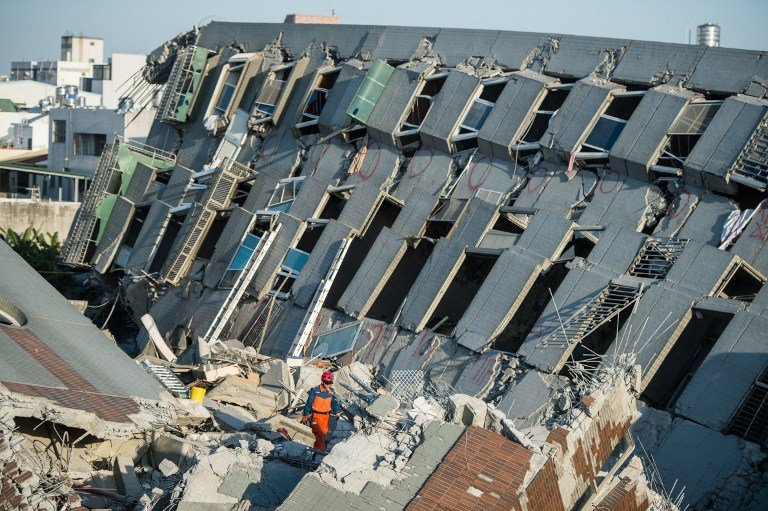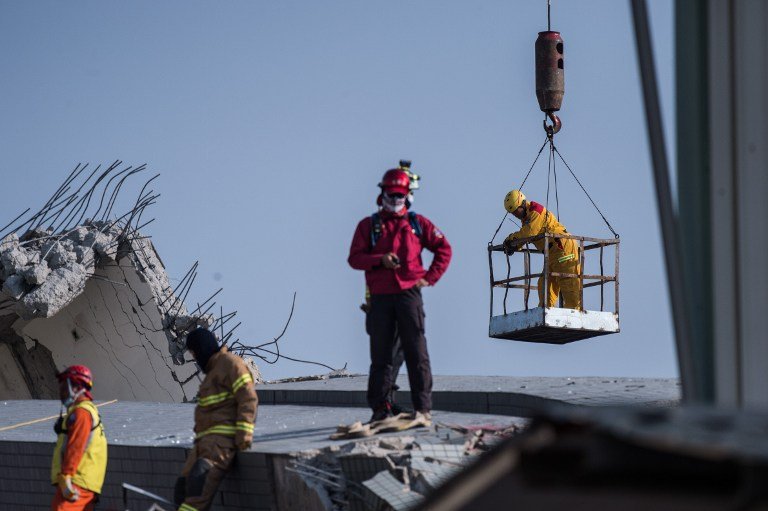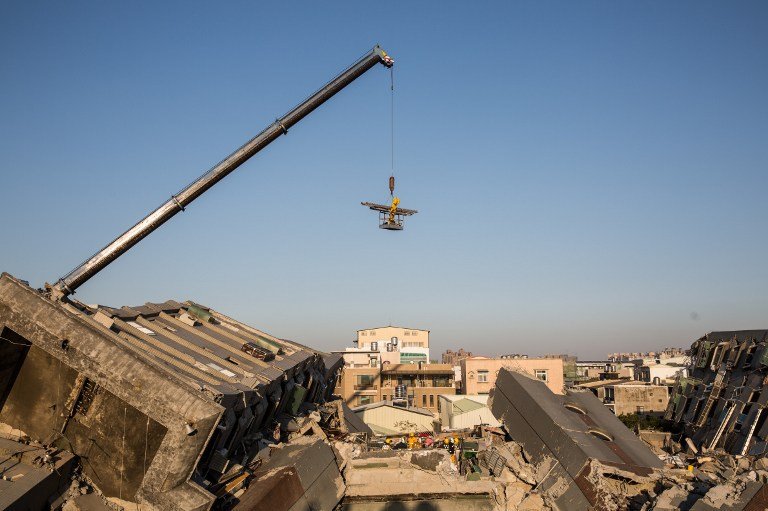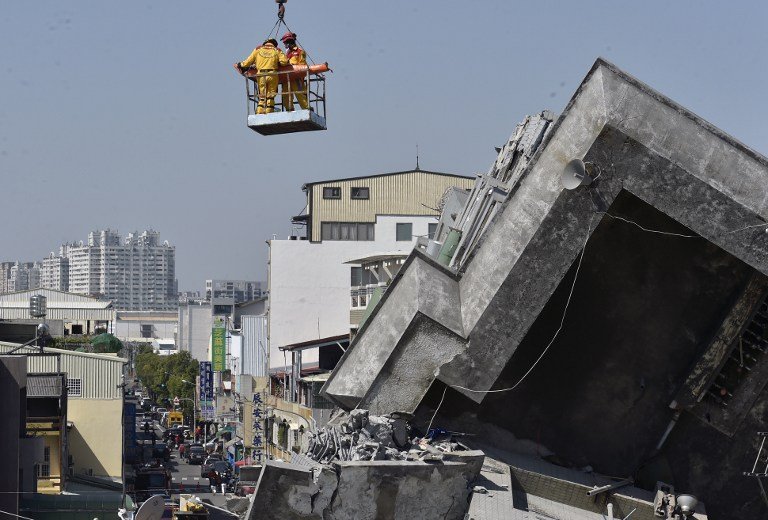Shocking images of a Taiwan apartment complex felled like a tree by a magnitude 6.4 earthquake have highlighted what is needed to build a structure that can withstand seismic shocks.
Like Taiwan, Japan is quake-prone – it suffers about a fifth of the world’s most powerful tremours. It has used a mix of ancient and modern technologies to make its buildings increasingly quake-proof.

Lessons have been consistently learnt and building standards subsequently raised in the wake of deadly disasters such as the 1995 Kobe earthquake, which killed 6,434 people.
When a massive 9.0 magnitude earthquake struck off northeastern Japan on March 11, 2011, the shaking in Tokyo was violent.
But buildings — including the nearly complete 634-metre (2,080 feet) Tokyo Skytree tower and other skyscrapers — survived intact.
Here is a look at advanced technologies that Japan uses to protect its buildings:
Basic steps to make a building quake-resistant:
Resisting the force of a tremour is the most conventional way to protect structures from earthquakes.
That means basically reinforcing the walls and supporting columns. One often-seen example is strengthening bridges by wrapping their support columns with steel frames.

After the March 2011 quake, many schools reinforced their buildings by adding cross-beams to window frames, another example of that extra bit of strength that can go a long way to make buildings safer.
Special mechanisms for protecting skyscrapers:
Tall buildings can be constructed to absorb shocks from an earthquake. The idea is for the building to control the tremour rather than the other way around. Oil dampers — oil-filled cylinders that work like giant shock absorbers — are a key technology employed in Tokyo skyscrapers.
When a powerful quake hits, such buildings are designed to sway like a pendulum so that the movement effectively absorbs the shockwaves.
The high-rise Mori Tower in Tokyo’s Roppongi Hills development uses the technology. During the March 2011 quake, not a single glass was broken in a 50th-floor restaurant.
Fresh ideas:
The latest idea is to “isolate” tremours, which means separating the building from the earth by measures including embedding absorbent rubber in its foundation.
“This mechanism is often applied to mid- and low-rise buildings lacking structural flexibility, such as condominiums, rather than high-rise structures,” said Kenji Sawada, executive director of the Japan Society of Seismic Isolation.

By using “seismic isolation” technologies, the scale of tremours felt in the topping structure could be greatly reduced, experts say.
But Sawada also said: “It doesn’t mean reinforcing building structure (with beams and steel frames) is an outdated idea. We should examine the structural nature of a building and apply these three types of technologies, depending on suitability.”
Ancient knowledge:
Japan has been dealing with earthquakes for centuries and technological principles from ages past are still valid — with one used in the construction of the Tokyo Skytree.
Parts of the 7th century Horyuji Buddhist temple complex in the ancient capital of Nara, including its five-storey pagoda, are the oldest wooden structures in the world.

The pagoda’s central pillar is only attached to the top storey, remaining separated from the four lower ones. This ensures the structure will be flexible when shaken by an earthquake.
“Thanks to the pillar, any distortion by an earthquake would be evenly distributed among the five storeys, therefore preventing the shock from focusing on a single point and causing a break,” Sawada said.

















